DXY took off last night as EUR wilted:
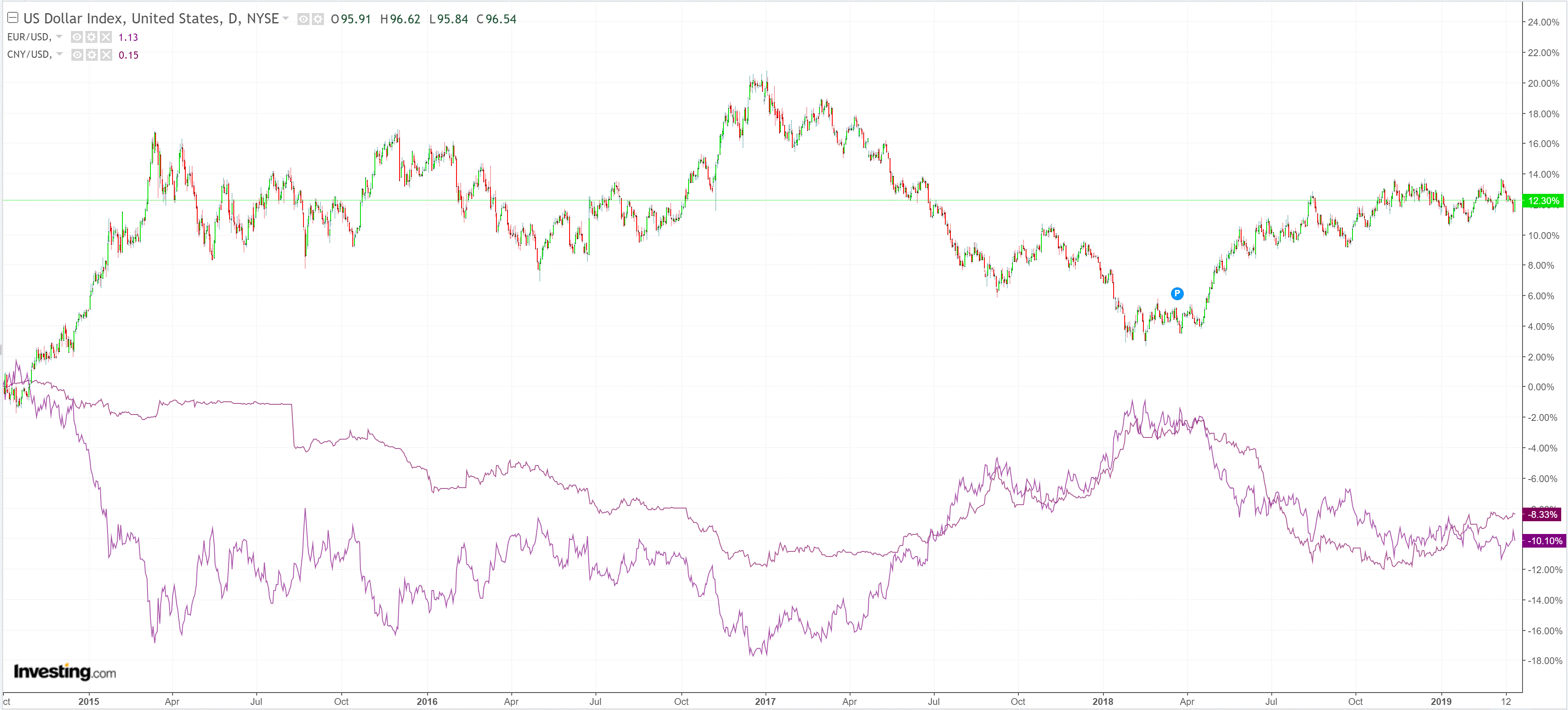
AUD was hammered across the board:
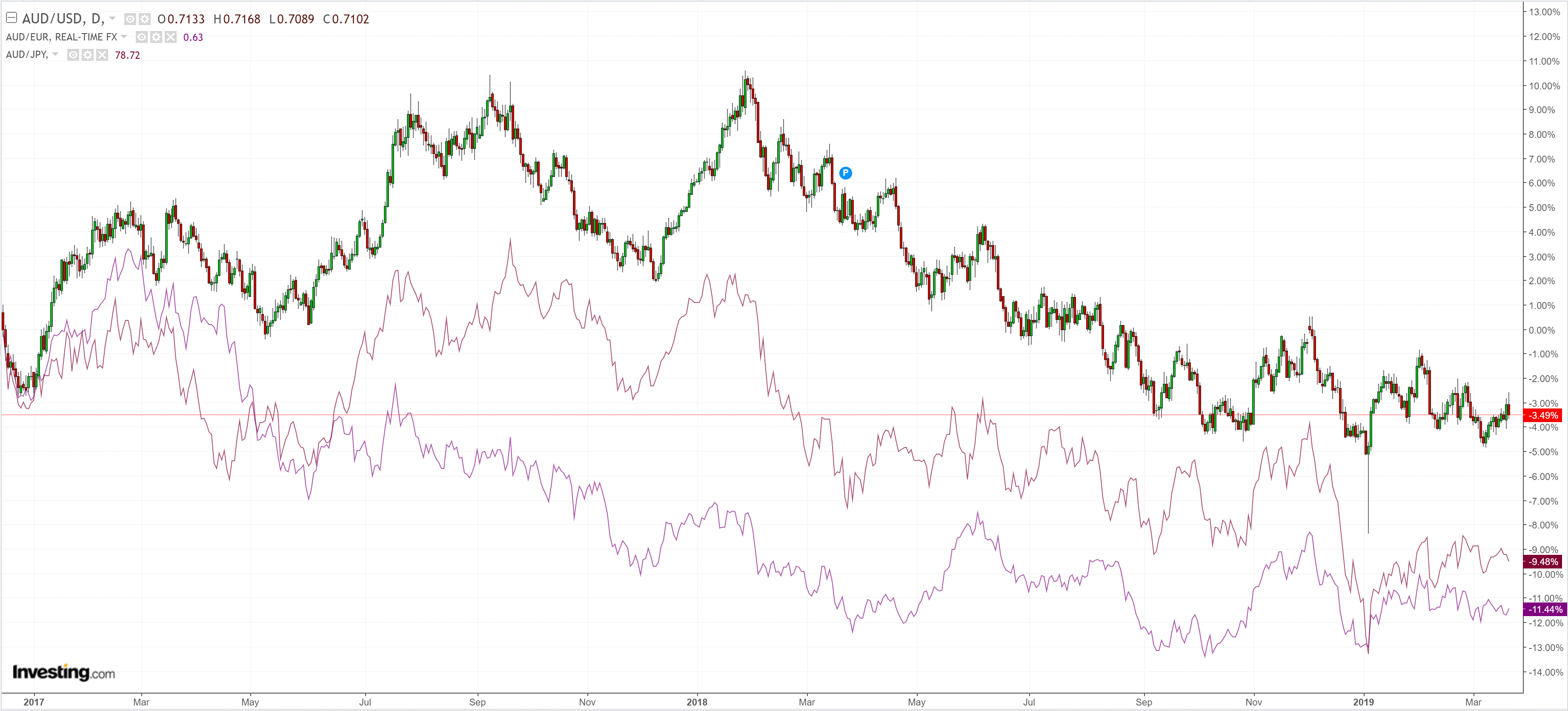
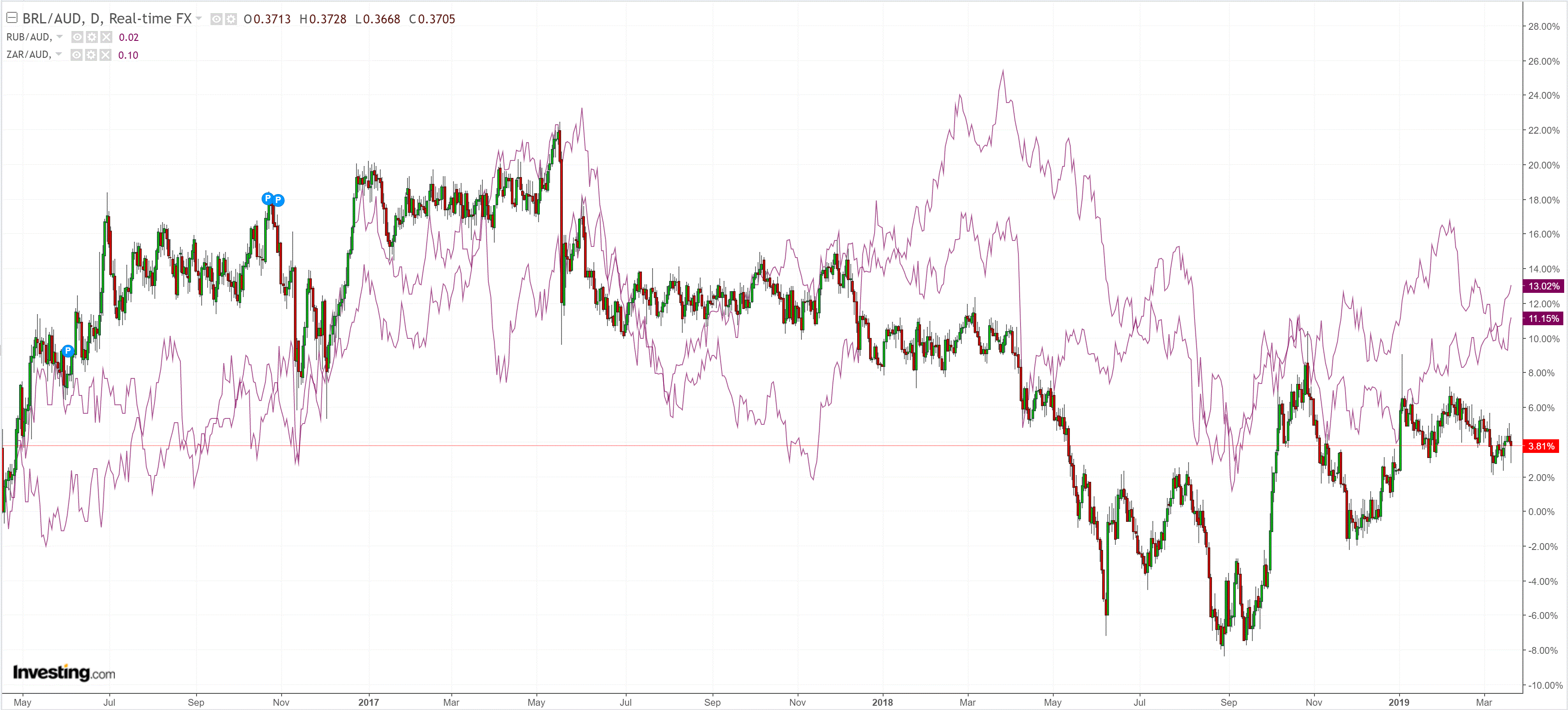
Gold held on:
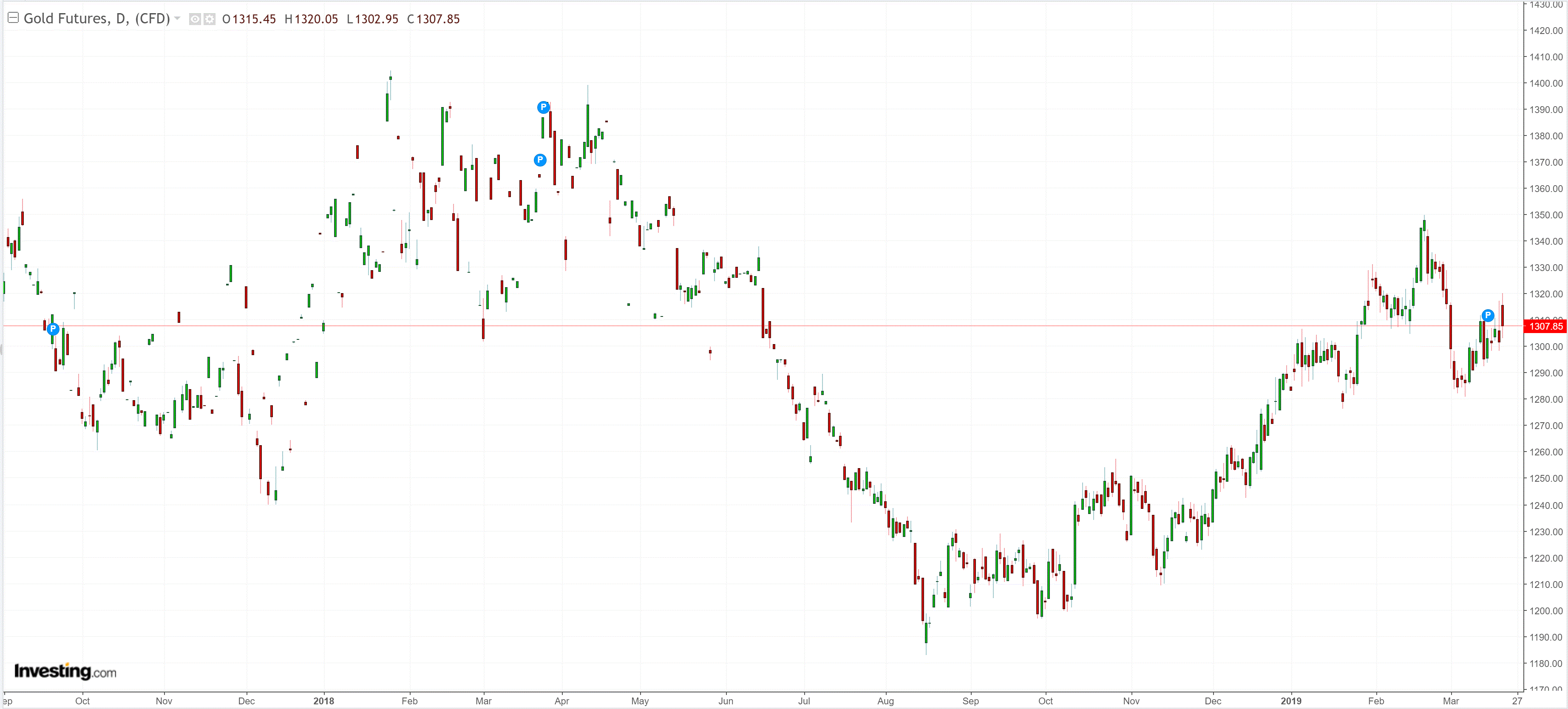
Oil was firm:
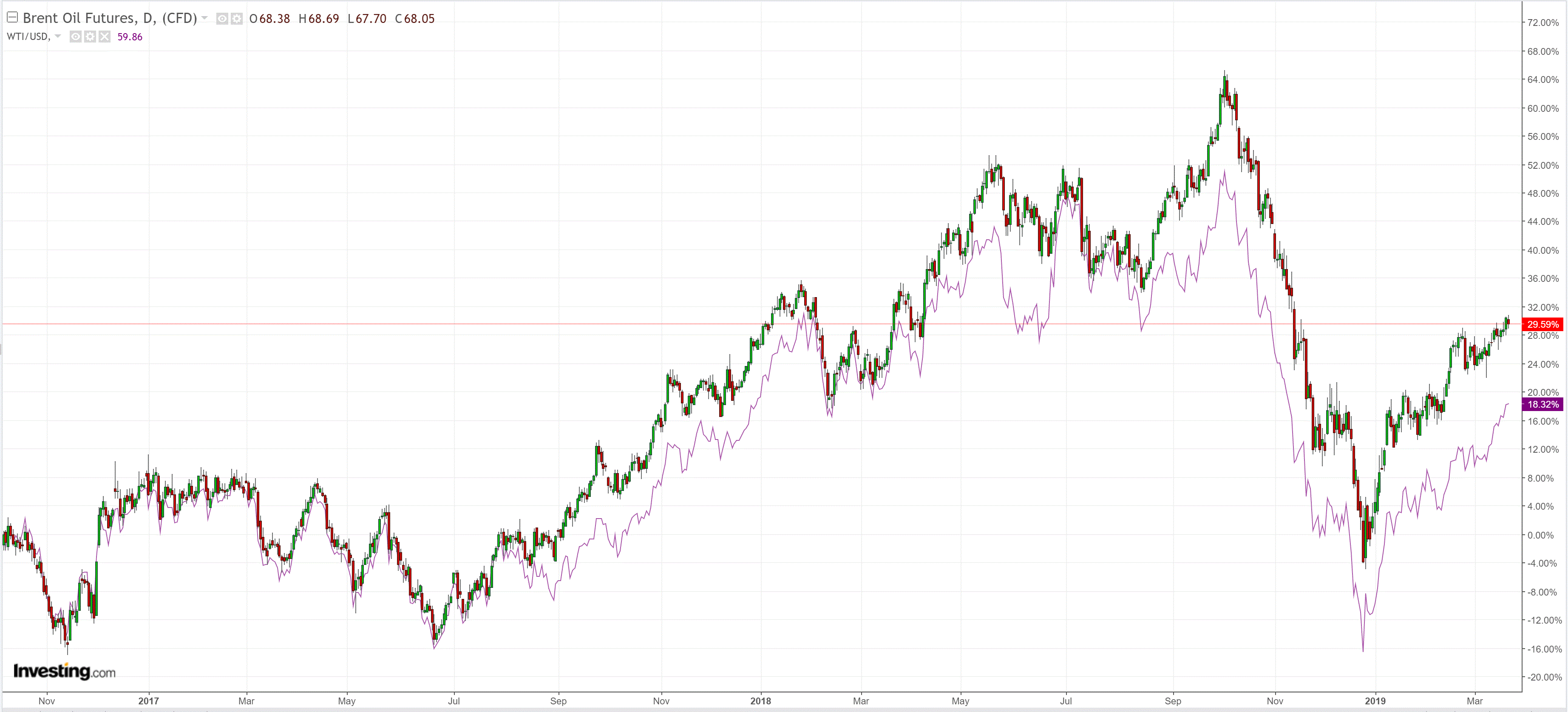
Metals fell:
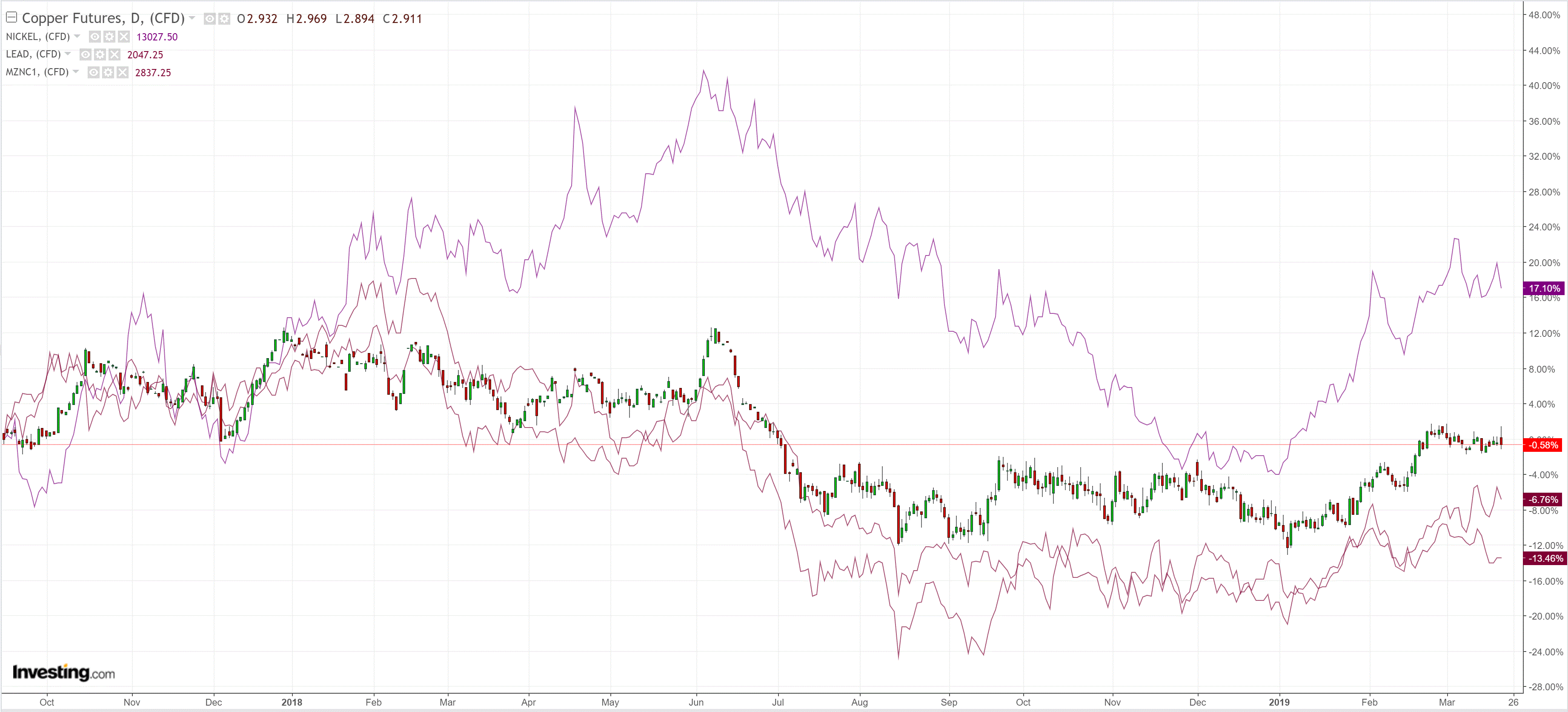
Miners were mixed:
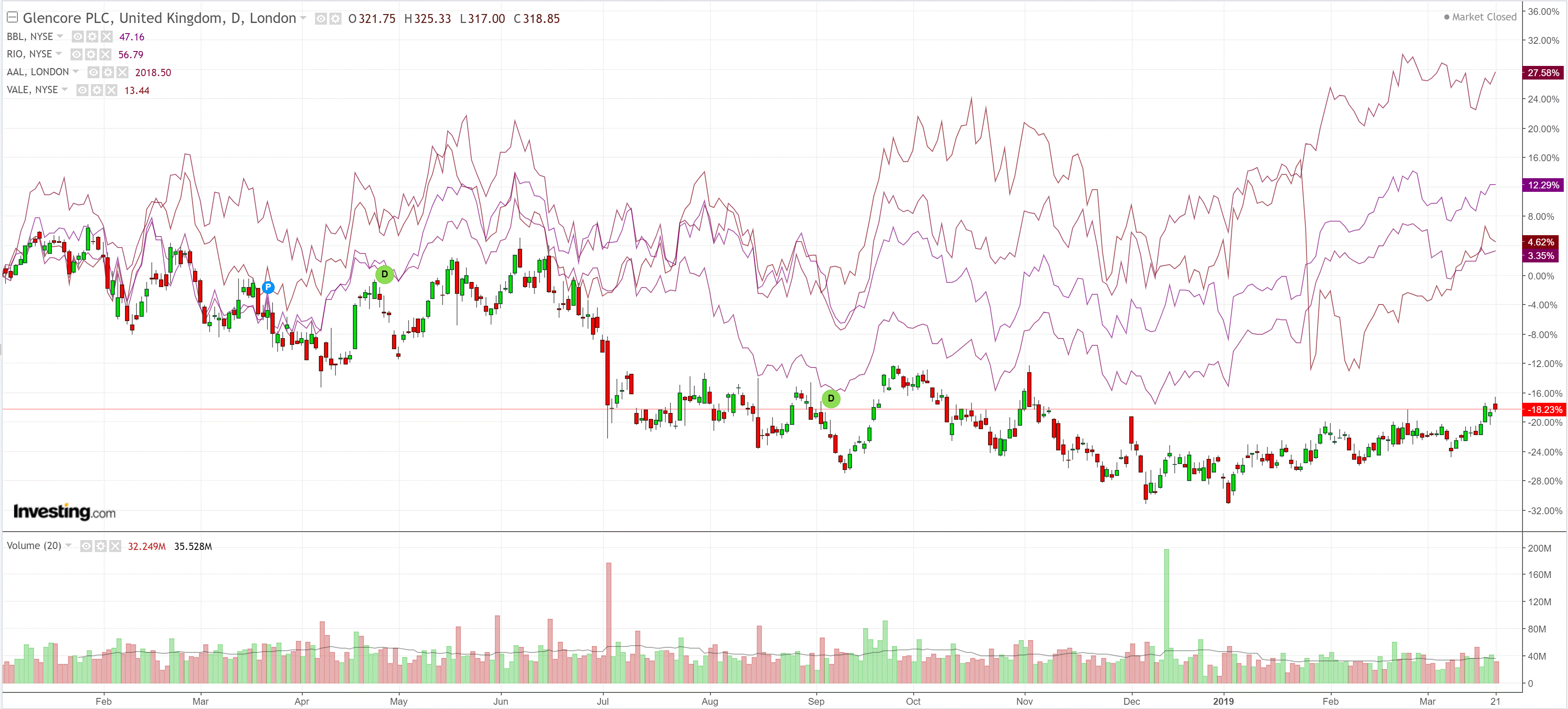
EM stocks couldn’t break out:
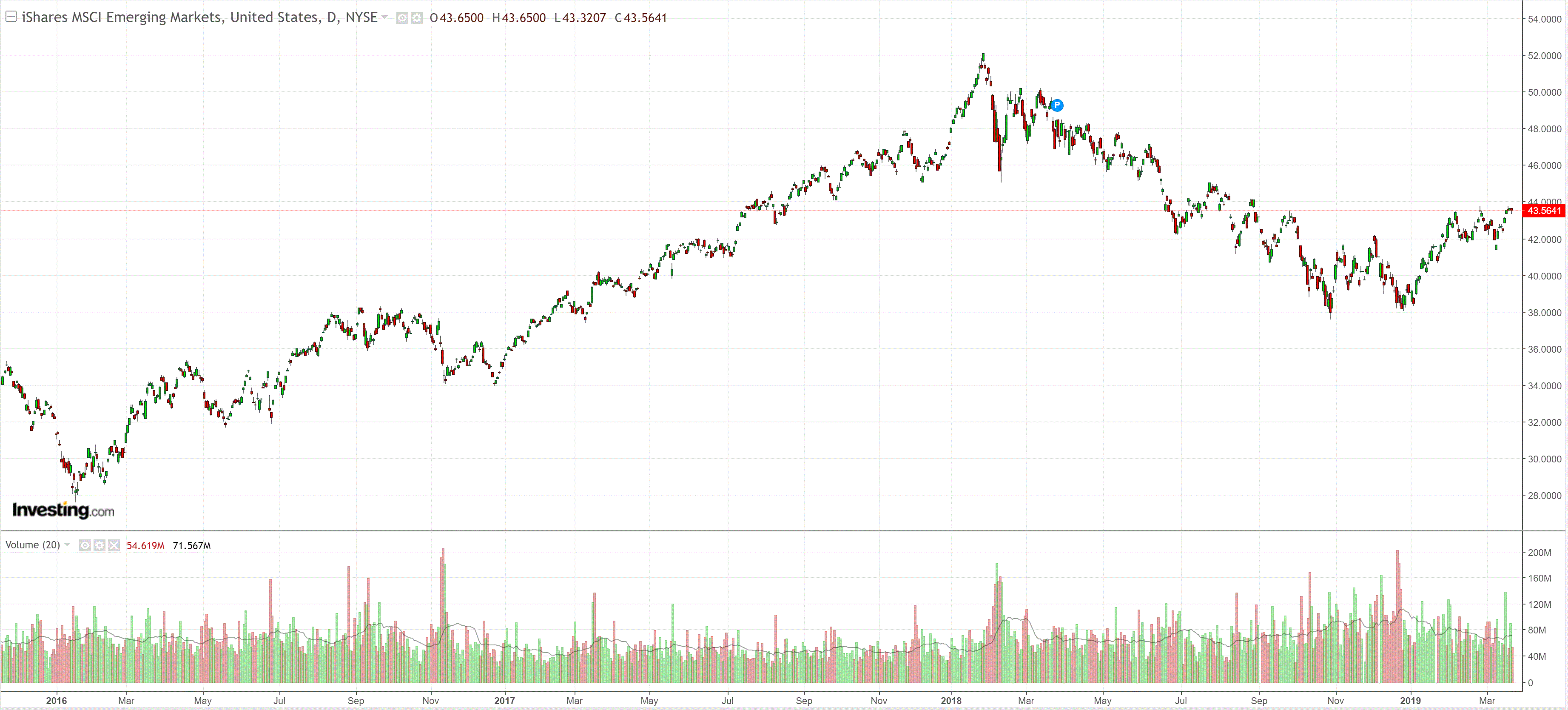
Junk fell:
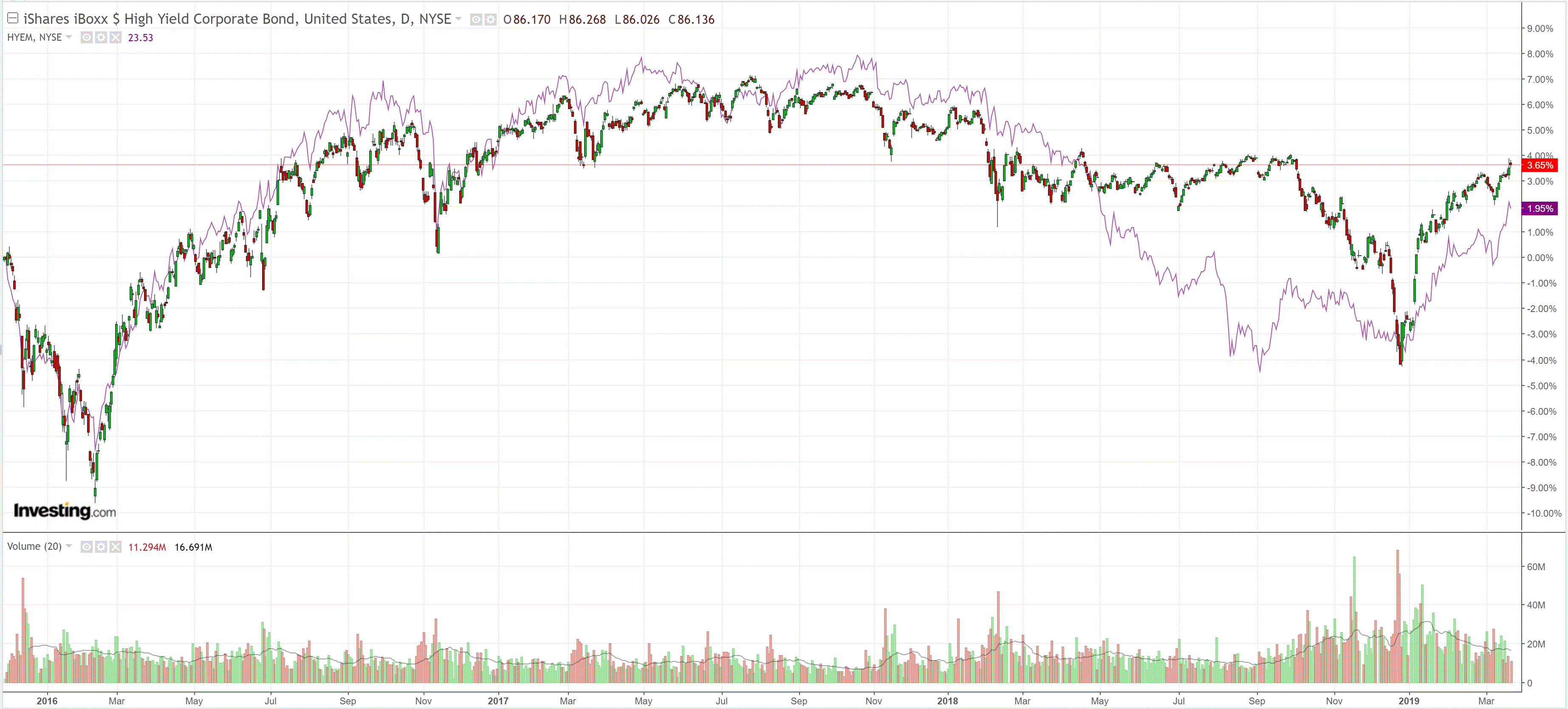
Treasuries eased:
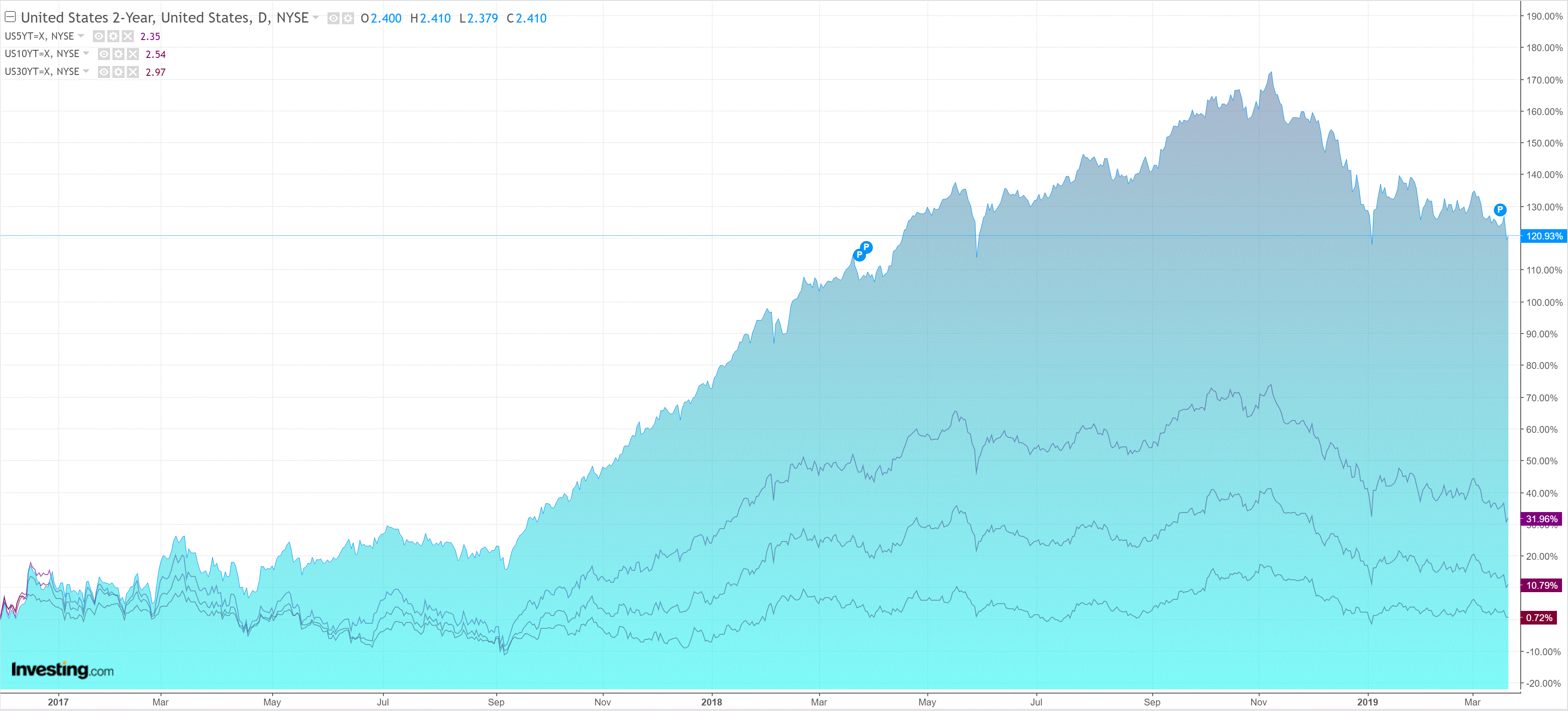
But bunds boomed:
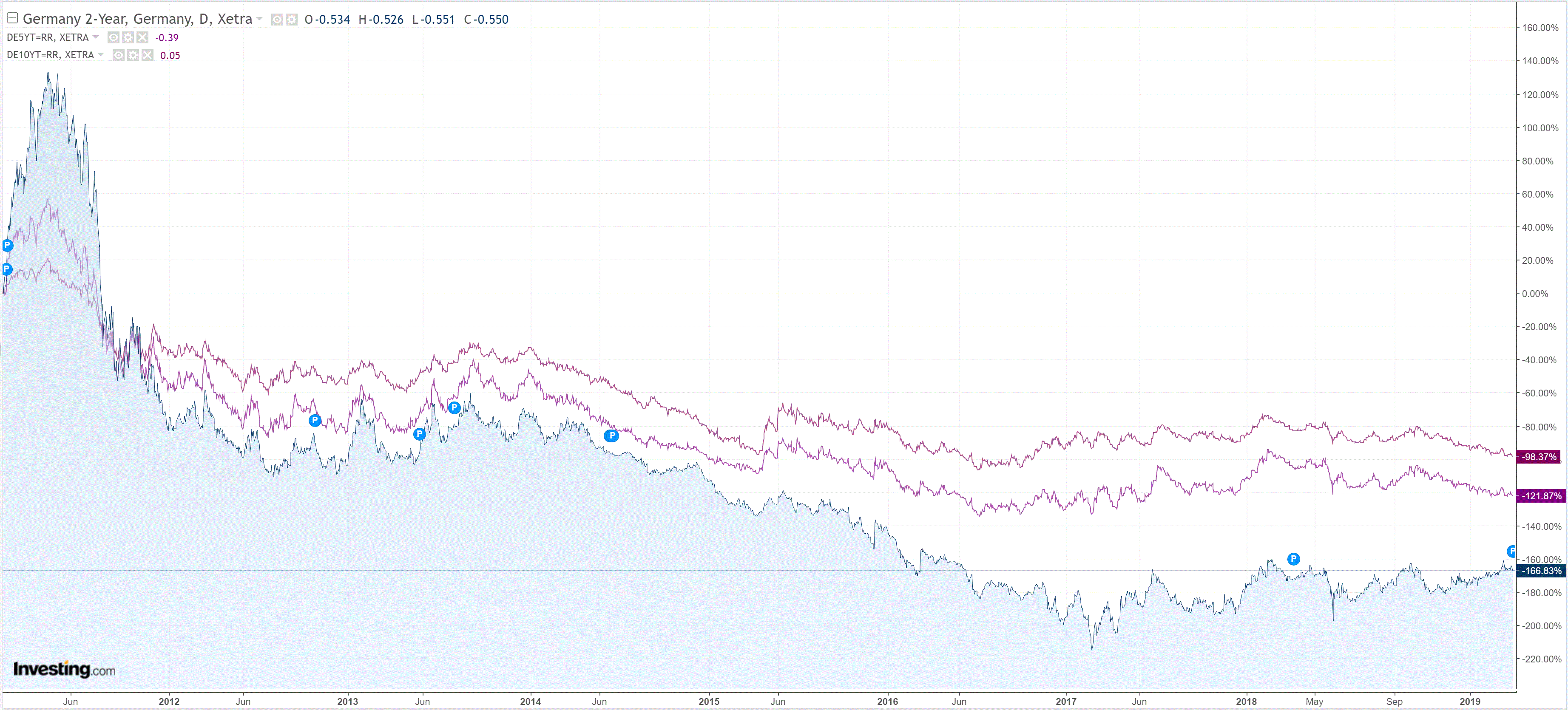
As did Aussie bonds:
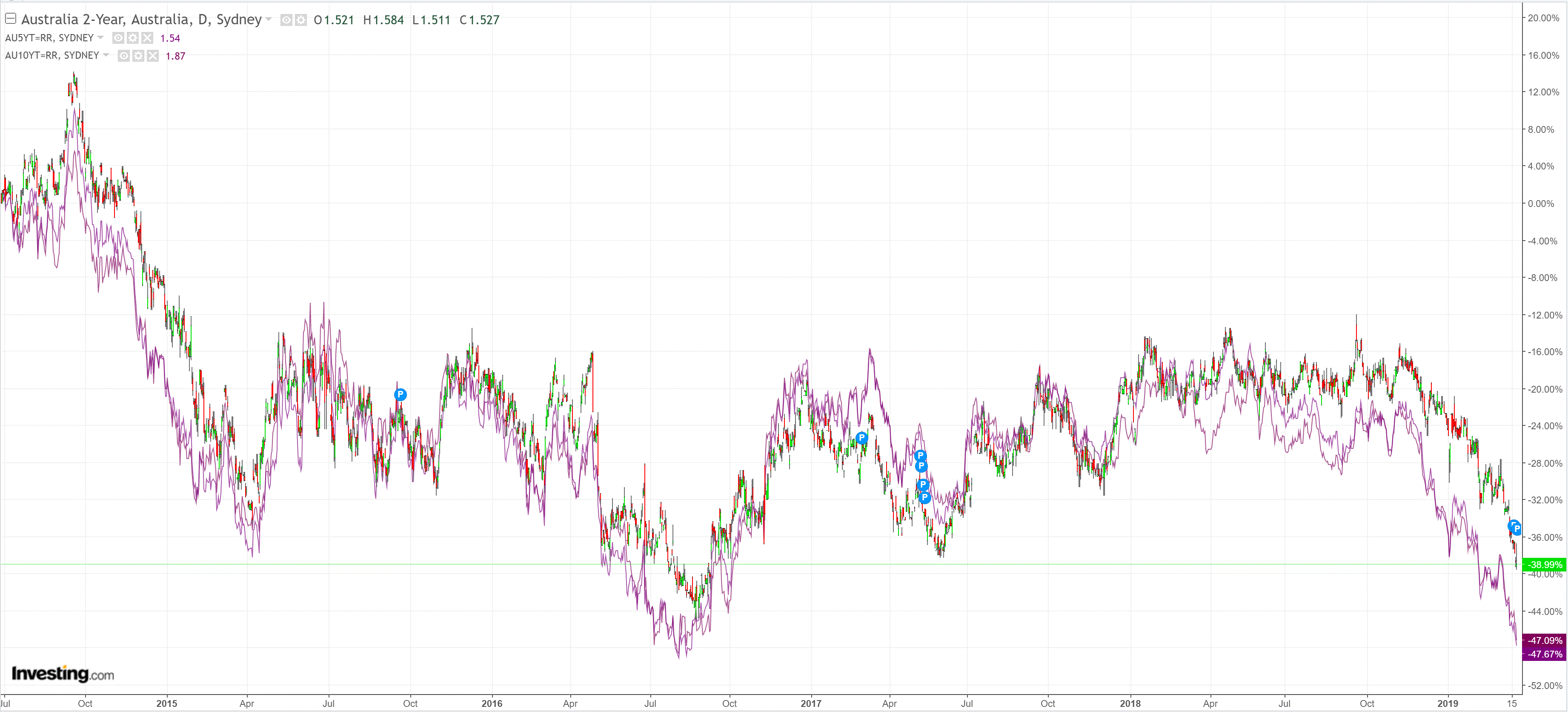
With the 15 year matching its 2016 all time low on a daily basis and ploughing through on the weekly:

While US stocks soared:
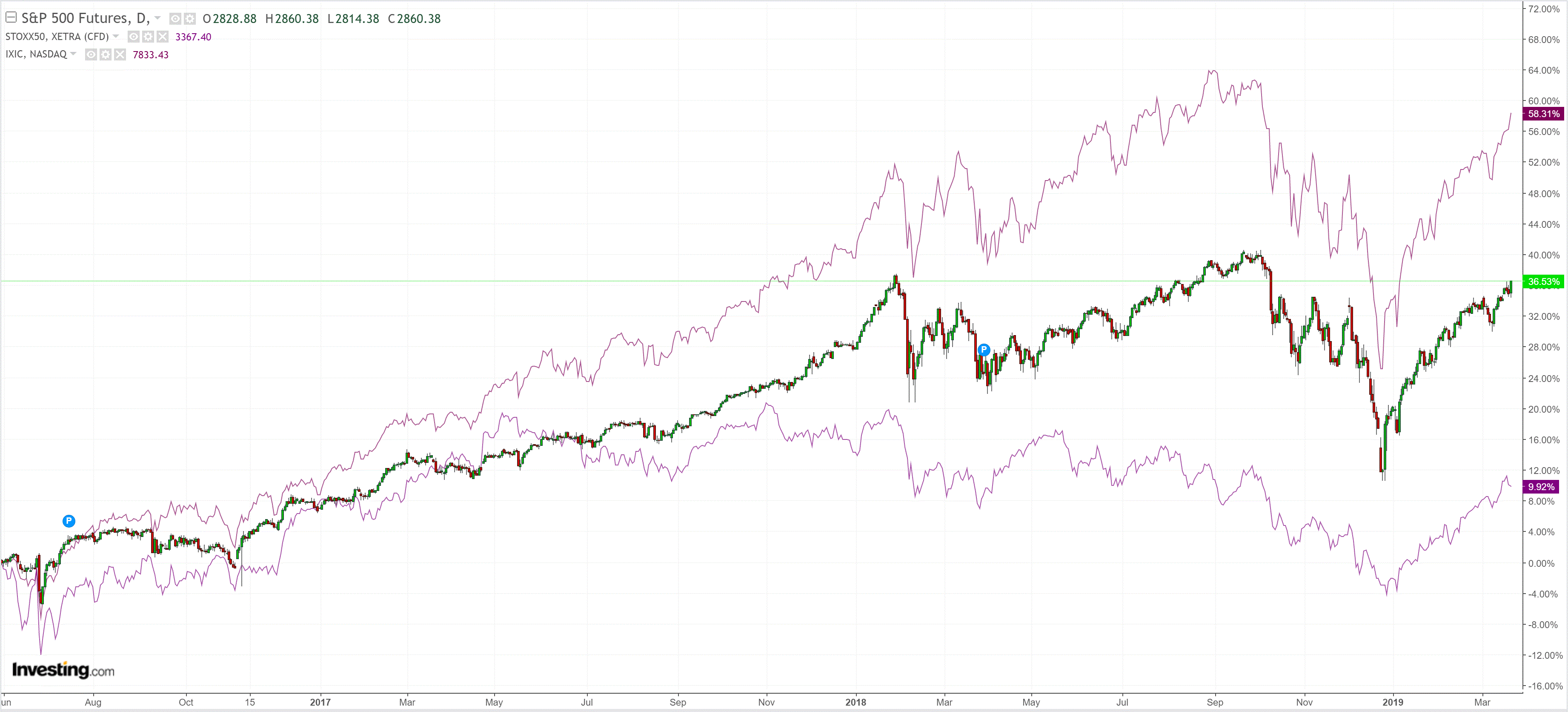
Westpac has the wrap:
Event Wrap
Brexit: The aftermath of PM May’s speech blaming UK MP’s for the current Parliamentary impasse has hardened the stance of domestic factions and EU-27 leaders, notably France’s President Macron. The risk of a disruptive no-deal exit has been pushed back into focus, despite the UK Parliamentary vote to avoid a no-deal, and the heightened uncertainty into the EU Leaders Summit has tipped GBP sharply lower as UK MP support for May’s defeated deal is declining once again.
UK Feb. Retail Sales rose 0.4%m/m and +0.2%m/m ex fuel (vs -0.4% expected). Despite the positive data in UK this week, the BoE held policy unchanged with considerable reference to the detrimental impact of Brexit risks. The influential quarterly BoE Agents’ Report highlighted weakness across all sectors, driven by Brexit uncertainty, with business investment
US: The March Philly Fed manufacturing survey posted a decent lift to 13.7 from -4.1, putting solidly back into expansionary territory, though the jump in headline index masked more cautious detail; employment, CAPEX and pricing intentions all eased while new orders showed a meager gain to 1.9 from -2.4. Initial jobless claims continue to hover at very lean levels, +221k.
Event Outlook
Japan: Feb CPI is expected to show annual inflation edge up to 0.3% from 0.2% with core ex fresh food and energy holding at 0.4%.
Flash PMI’s are released for Japan, the Euro Area and the US.
In short, it was a good night for the MB Fund as the Fed dove-up reverberated. Nomura’s Charlie Mcelligott is scathing:
Outside of this morning’s Brexit spasm…I’m going all-in on the Fed and our worst “Balance-Sheet Recession” past / “Japanifcation” / “end-of-cycle” worst fears seemingly being confirmed, which now looks to have indeed set us permanently stuck within “The QE Trap.” Richard Koo quotes, hashtags AND Wu Tang Clan references….get it all “hot” below.
RANT:
Allow me to get this off my chest immediately: the Fed’s hilarious tightening / normalization “clown car” experiment (and ensuing credibility farce) is now complete, and I feel….vindicated.
I was openly dismissed / laughed-at by many, many investors late last Spring – early last Summer when I first-posited my “UST steepener” call (specifically expressed in a 5s30s curve cap) off the back of my long-held 2018 “Two Speed Year” thesis, based-upon a then-building “tightening ourselves into a slowdown” impulse which would metastasize- then-force the Fed to pivot away from “tightening” and towards “easing” as early as 2019—all because the market would experience a late 2018 “Financial Conditions Tightening Tantrum.”
BOOM, roasted.
Obviously this “Fed credibility loss” dynamic is nothing new for the institution, and in this case, the issue isn’t so much about the (pathetic) flip-flop driven by their tone-deaf failings last year into this year. Remember, three months ago the FOMC was projecting two hikes this year—now they’ve not just ‘nuked’ those to ZERO, but they also had to “TAPER THEIR TAPER” lolol—which net/net AGAIN shows a remarkably consistent inability from the Fed to see things coming which the market “somehow” consistently ‘does’ see. Thus, the Fed’s perpetually reactive / defensive posture (and fear of their own shadow).
Instead and on a larger horizon, the Fed’s credibility issue is about the simple-fact that for over 10 years now, market participants have already long-realized that, per the lessons of Japan from 1990-2005, the U.S. variety “balance-sheet recession” of 2007-09 would then lead us down the path of “the QE trap”…and here we are, “realizing” in real-time.
Let me turn it over to the master of this concept—Richard Koo—and this amazingly-prescient quote from LONG ago:
The QE “trap” happens when the central bank has purchased long-term government bonds as part of quantitative easing. Initially, long-term interest rates fall much more than they would in a country without such a policy, which means the subsequent economic recovery comes sooner. But as the economy picks up, long-term rates rise sharply as local bond market participants fear the central bank will have to mop up all the excess reserves by unloading its holdings of long-term bonds.
Demand then falls in interest rate sensitive sectors such as automobiles and housing, causing the economy to slow and forcing the central bank to relax its policy stance. The economy heads towards recovery again, but as market participants refocus on the possibility of the central bank absorbing excess reserves, long-term rates surge in a repetitive cycle I have dubbed the QE “trap.”
How’s that for seeing the future?
Now time for some #REALTALK from the philosopher / pseudo-economist deep inside of me:
- Low interest rates are (ultimately) deflationary, sustaining zombie-firms in a “liquidity-trap,” which weigh on overall economic performance while also weakening investment.
- Low interest rates and QE are deflationary as you incentivize mal-investment and blow perpetual speculative-asset bubbles, which (ultimately) correct and drive deleveraging—thus the ‘balance sheet recession.’
- As there is still a lot of debt-related “scar tissue,” you can’t push credit on a string. This then leads to quick “muscle memory” returns to a defensive posture: “If there is no return on capital, capital should not be deployed.”
Now we see the Fed “stuck on this hamster wheel” because neither markets nor the economy apparently can withstand a rising interest rate environment. At the same time, we are again seeing the ECB re-engage in another TLTRO scheme (and already previously failed, save for creation of a credit mkt bubble). Look at the EGB curve. Look at the JGB curve. And outside of this nascent tactical “steepening” in UST 5s30s, look at US curves, as we witness the front-end inversions spread like wildfire (particularly my favorite “PRE-EASING” signal ED2-6 spread (which our back-tests told us that since inversion Dec18 that on average we should expect “easing” approx. 8-9m thereafter), inverting effectively back to “peak inversion lows” since Jan08.
Realistically in the near-term, the Fed’s now singular “inflation” mandate will allow them to posture in pursuit of reflationary policies, which should then provide near-term upside for inflation-sensitive assets, especially as policy-rate cuts and bond purchases are now implicitly the next move from here. Powell yesterday: “If inflation expectations are below 2 percent, they’re always going to be pulling inflation down and we’re going to be paddling upstream…’’ (to keep prices up).
But I’ve got news for you, Chair Powell. The Fed hasn’t hit 2 percent inflation on a sustained basis since formally adopting that objective in 2012. IT AIN’T COMIN’ IF YOU ‘PRICE-TARGET’ OR ‘AVERAGE’ TO ATTEMPT AND ‘RUN HOT’ EITHER, CHIEF.
Long-term ‘inflation expectations’ will never truly be move higher without full-scale fiscal stimulus (or the future-state of outright ‘helicopter drops,’ shudder)…because debt, disruption and demographic forces are too strong. #BUYBONDS and #PASSOUT
I feel better already…
True enough though in the US’s case it is being exacerbated by shale oil which is now the key nexus between the Fed and global growth. Every time rates fall shale rises, then squirts too much oil, crashing the price and inflation, leading to lower rates. This dynamic is projected through the entire global economy via the US dollar.
Anyways, now we have another weakish reflation pulse underway, with China only half-arsed in its stimulus efforts, and it is not a good sign for the Australian dollar that it sits at the bottom of its range as global stocks, bonds and bulk commodities soar. In times past these dynamics would have had the battler at 0.80 cents.
The key to the change is crushed domestic demand as mining income bypasses the real economy and the housing crash sends us inexorably into Richard Koo’s same QE trap.
David Llewellyn-Smith is chief strategist at the MB Fund and MB Super which is long international equities and local bonds that will benefit from a weakening Australian economy and dollar so he is definitely talking his book.
If the ideas above interest you then contact us below.

